The Streak Continues: 217
It is just before 7:45am here in Bamburgh (say BUM-bu-Ruh) as I finish today’s blog post. Our second day on the puffin boat was as incredible as the first. We were blessed with cloudy bright conditions for the whole day. Everyone got to photograph puffins in flight, Arctic Terns with chicks of all ages, Sandwich Terns carrying fish back to their nests, Razorbills, Common Guillemots (Common Murres to us) with chicks, and just-fledged Black-headed Gulls. Though we are well less than halfway through the trip everyone is exhausted from the intensity of the photo sessions.
This post marks 217 consecutive days with a new blog post. With so many folks getting in the habit of using our B&H links and our Amazon logo-links why quit now? April, May and June have been fantastic as lots of folks are getting the message; using my affiliate links does not cost you a penny and helps support my efforts here. To show your appreciation, I do ask that you use our B&H and Amazon affiliate links on the right side of the blog for all of your purchases. Please check the availability of all photographic accessories in the BIRDS AS ART Online Store, especially Gitzo tripods, Wimberley tripod heads, and the like. We sell only what I have used and tested, and know that you can depend on. We will not sell you junk. We know the tools that you need to make creating great images easy and fun. And we are always glad to answer your gear questions via e-mail.
You can find the following items in the store: Gitzo tripods, Mongoose M3.6 and Wimberley heads, plates, low feet, and accessories, flash brackets, , Delkin e-film Pro Compact Flash Cards, LensCoat products, and our unique line-up of educational materials including ABP I & II, Digital Basics, Site and Set-up e-Guides, Canon and Nikon Camera Users and AF e-Guides, and MP-4 Photoshop video tutorials among others.
I would of course appreciate your using our B&H affiliate links for all of your major gear, video, and electronic purchases. For the photographic stuff mentioned in the paragraph above we, meaning BAA, would of course greatly appreciate your business. Here is a huge thank you to the many who have been using our links on a regular basis and visiting the BAA Online store as well.
|
This image was created on our second puffin boat morning landing with the hand held Canon EF 300mm f/2.8L IS II USM lens and the Canon EOS-1D X. ISO 800. Evaluative metering +1 2/3 stops off light sky: 1/3200 sec. at f/5 in Manual mode. Central sensor Surround/AI Servo Rear Focus AF may have just caught the bird’s bill and active at the moment of exposure. Click here to see the latest version of the Rear Focus Tutorial. Click on the image to see a larger version. |
The 300 II Alone
In order to track the speeding puffins in flight I needed to remove the 1.4X TC. There will be lots more soon on photographing these nearly impossible fast flying subjects.
|
This image was created on our first puffin boat morning landing with the hand held Canon EF 300mm f/2.8L IS II USM lens, Canon Extender EF 2X III, and the Canon EOS-1D X. ISO 400. Evaluative metering +1 stop as framed: 1/500 sec. at f/8 in Av mode. AWB in cloudy bright conditions. Two sensors to the right of the Central sensor/AI Servo/Srround Rear Focus AF on the puffin’s face active at the moment of exposure. Click here to see the latest version of the Rear Focus Tutorial. Click on the image to see a larger version. |
The 300 II and the 2X III TC
Here I added the 2X III TC in order to isolate a nicely posed single puffin. Someone asked in a comment the other day why I now recommend turning the camera off and then on again when adding or removing a TC. The answer: doing so greatly minimizes sensor dust.
|
This Shag head portrait was created on our first puffin boat afternoon landing with the hand held Canon EF 300mm f/2.8L IS II USM lens, Canon Extender EF 1.4X III, and the Canon EOS-1D X. ISO 800. Evaluative metering +1 stop: 1/400 sec. at f/7.1 in Manual mode. Two sensors to the left of the Central sensor/AI Servo/Surround Rear Focus AF on the base of the gape was active at the moment of exposure. Click here to see the latest version of the Rear Focus Tutorial. Click on the image to see a larger version. |
The 300 II and the 1.4X III TC
Here, working in high wind with silly-tame birds while hand-holding, the 420mm focal length was perfect. While most photographers concentrate on the puffins, Denise and I have been captivated by the lovely green eyes of this small cormorant species. And I love the colors and patterns of the gular region: yellow spotting on a black background.
|
This image was created on our second puffin boat afternoon landing with the hand held Canon EF 300mm f/2.8L IS II USM lens, Canon Extender EF 2X III, and the Canon EOS-1D X. ISO 400. Evaluative metering +2 1/3 stops off the light grey sky: 1/1250 sec. at f/5.6 in Manual mode. Cloudy WB in cloudy conditions. Central sensor/AI Servo/Srround Rear Focus AF on the tip of the bird’s bill was active at the moment of exposure. Click here to see the latest version of the Rear Focus Tutorial. Click on the image to see a larger version. |
The 300 II and the 2X III TC
I have remarked here previously and often on how good this combination is for hand held flight photography but when photographing the Sandwich Terns coming back to their nests yesterday afternoon I was surprised at how quickly and easily it acquired focus, at how well the AF system tracked the bird even against backgrounds other than sky, and at how sharp the images were. Here I went to the 2X III as the area that held about 200 Sandwich Tern nests was well off the path. There were a few Arctic Tern and Atlantic Puffin nests mixed in.
Summing Up
The Canon EF 300mm f/2.8L IS II USM lens used with either Series III TC is an incredibly versatile, hand-hold-able rig the absolutely kills with both the 1D X and the 5D III. It is much lighter but far less versatile and less efficient than the 200-400. As I forgot to mention in the blog post here the compared these 2 great lenses, the 300 II is many thousands of dollars less expensive than the 200-400.
If you have been inspired to purchase any of the gear mentioned here today please consider using one or more of our product-specific B&H affiliate links above.
Nickerson Baby Beach-nesting Birds IPT: 3-Full Days/July 15-17, 2014: $1199. Introductory meet and greet: 8pm, Monday, July 14, 2014. Co-leaders Arthur Morris and Denise Ippolito
Late Registration Discount: Call Jim weekdays at 863-692-0906 for details. Or contact me via e-mail.
With a small group pretty much guaranteed, do consider joining us on Long Island, NY this coming July to photograph Black Skimmers–it’s looking like a great year for skimmer nesting, Common Terns with chicks, American Oystercatcher families, and possibly some just-hatched Black Skimmer chicks. The opportunities will include chances to photograph a variety of breeding behaviors including courtship feeding, display flight and combat, and copulations. Car-pooling is recommended; if we opt to return to the beach before 5pm on cloudy days for example) there is a $30/vehicle parking fee that is not included so it is best to share that expense. Parking in the morning is free.
Because of the late date, your non-refundable payment in full is due when you register.
Please print, complete, and sign the form that is linked to here and shoot it to us along with your deposit check (made out to “Arthur Morris.”) Though we prefer a check, you can also leave your deposit with a credit card by calling the office at 863-692-0906. If you register by phone, please print, complete and sign the form as noted above and either mail it to us or e-mail the scan.
If you have any questions, please feel free to contact me via e-mail
Be sure to like and follow BAA on Facebook by clicking on the logo link upper right. Tanks a stack!
Support the BAA Blog. Support the BAA Bulletins: Shop B&H here!
We want and need to keep providing you with the latest free information, photography and Photoshop lessons, and all manner of related information. Show your appreciation by making your purchases immediately after clicking on any of our B&H or Amazon Affiliate links in this blog post. Remember, B&H ain’t just photography!
Amazon Canada
Many kind folks from north of the border, ay, have e-mailed stating that they would love to help us out by using one of our affiliate links but that living in Canada and doing so presents numerous problems. Now, they can help us out by using our Amazon Canada affiliate link by starting their searches by clicking here. Many thanks to those who have written.
Typos
In all blog posts and Bulletins, feel free to e-mail or to leave a comment regarding any typos, wrong words, misspellings, omissions, or grammatical errors. Just be right. 🙂

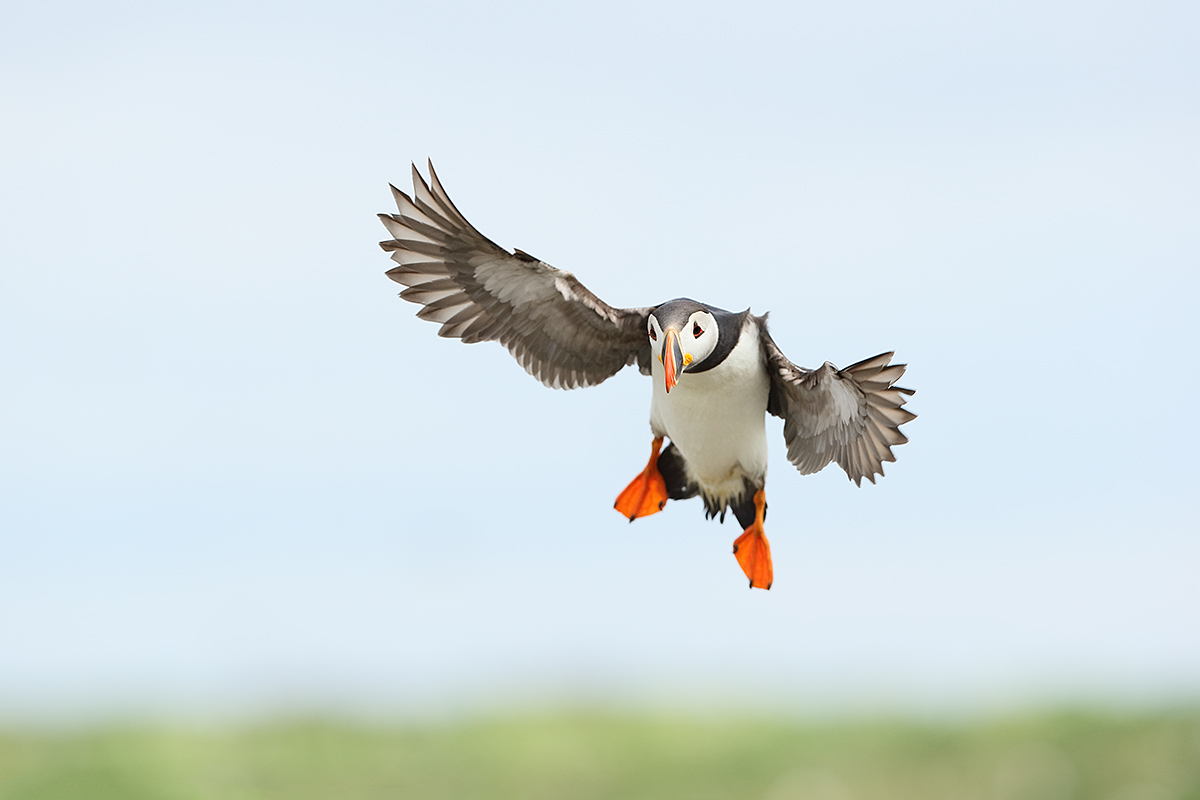
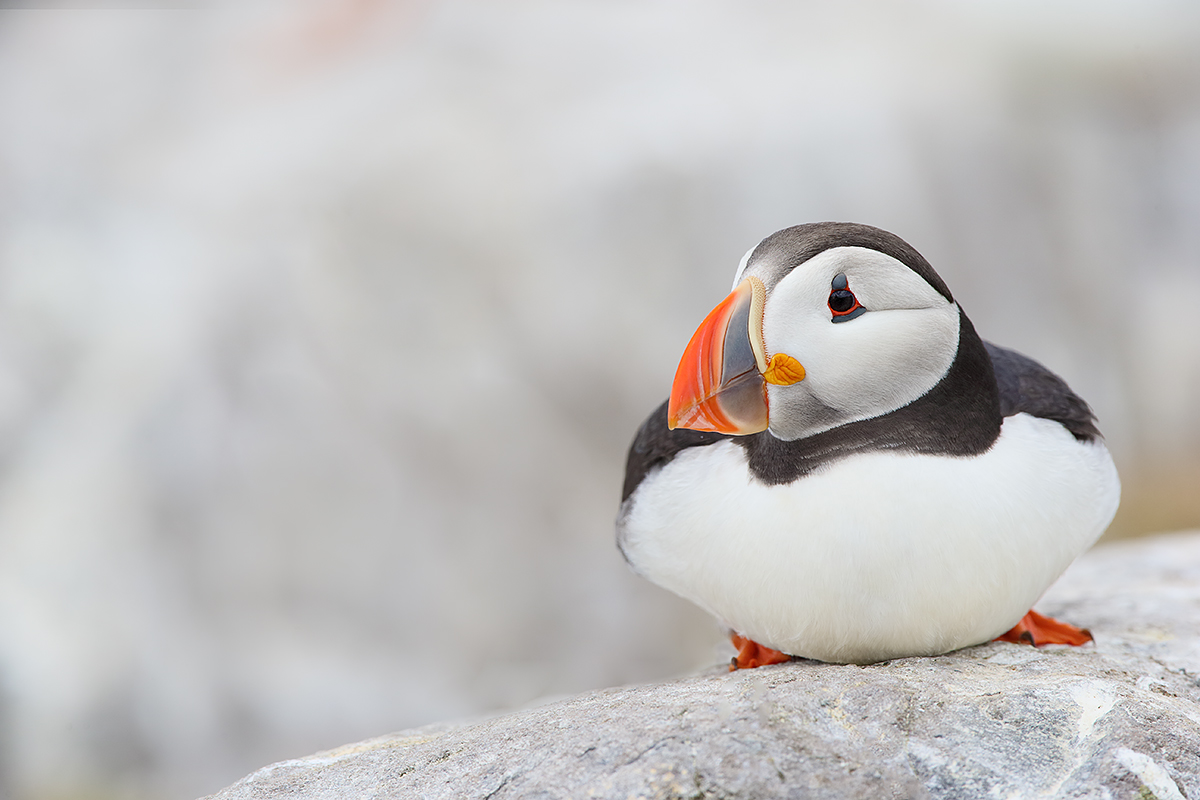
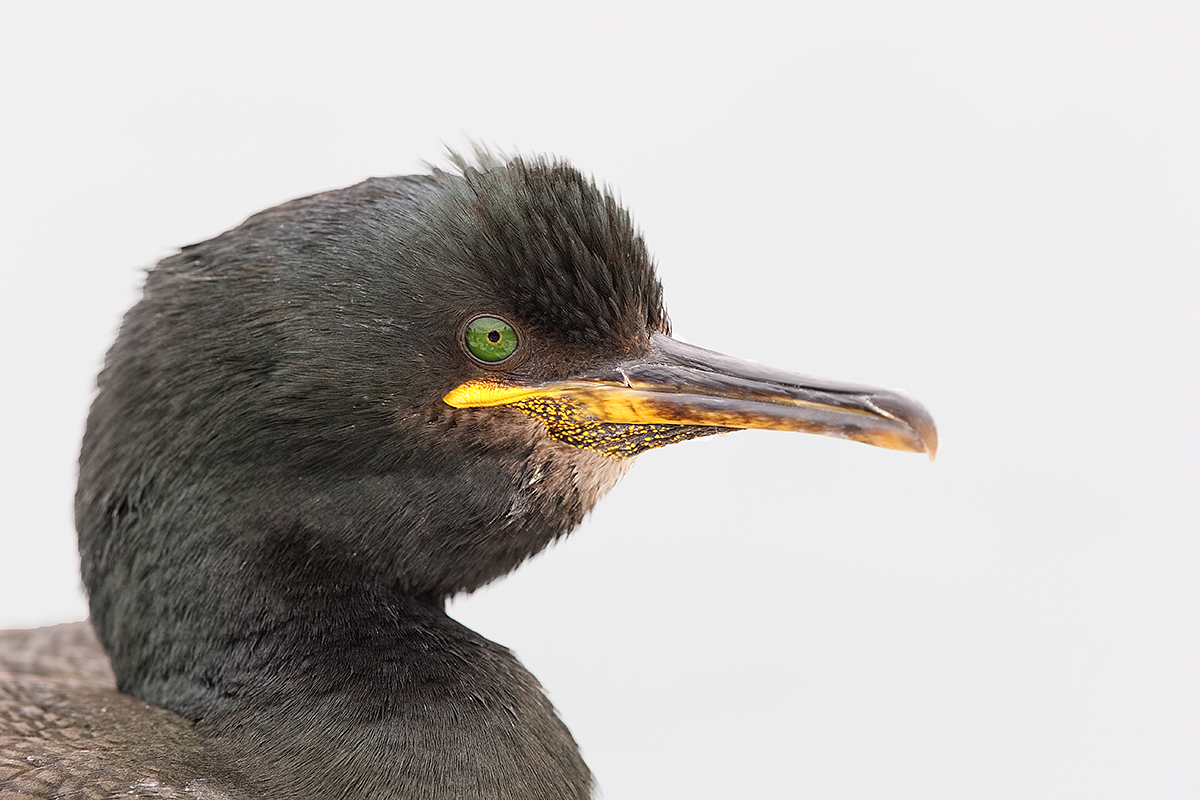
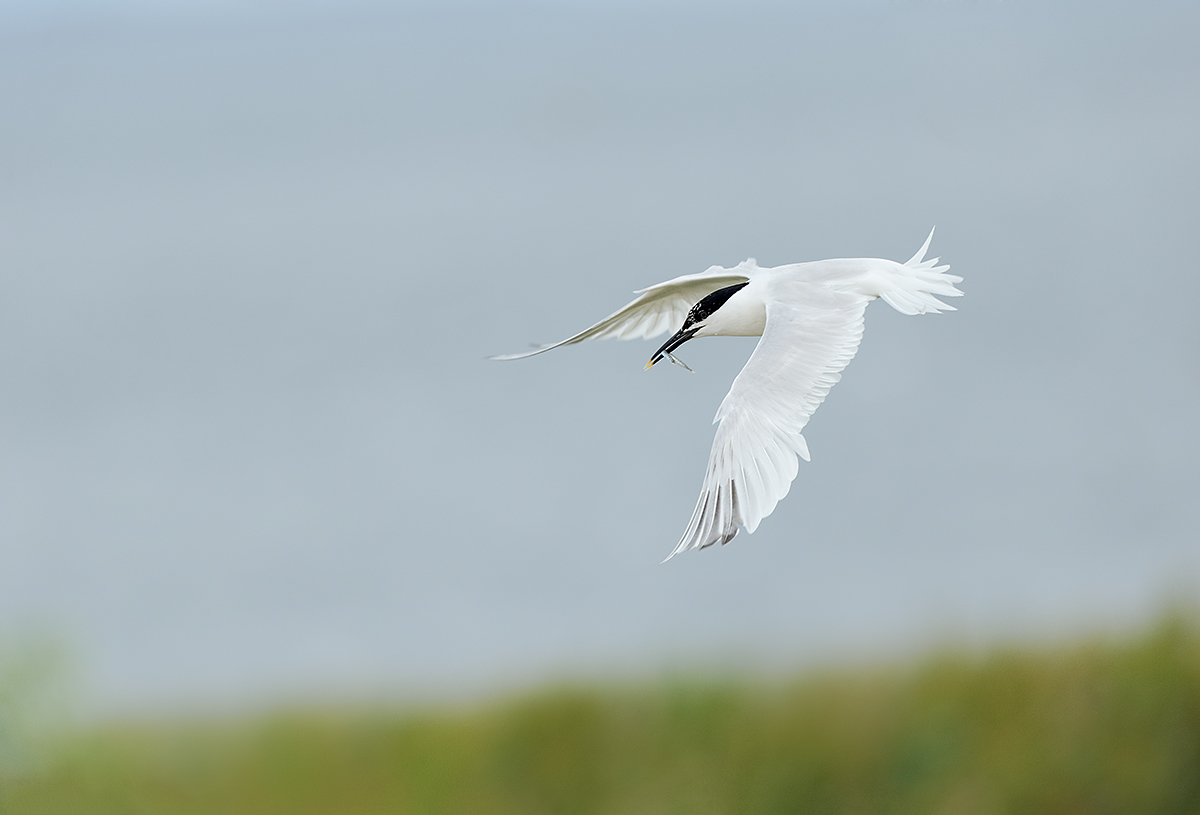
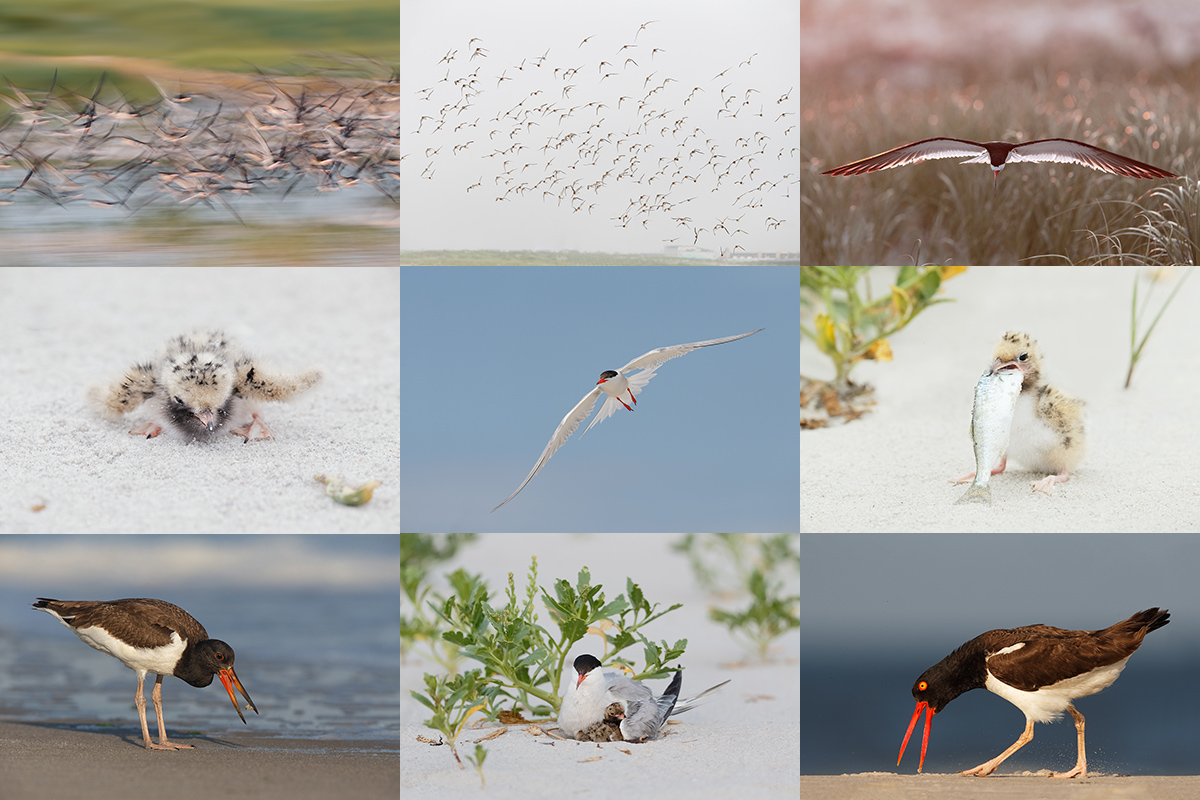













Great shots. My favorite is the tern. Love the wing position and the prey.
BTW, I am currently reading “Terns” in the New Naturalist Series written by David Cabot and Ian Nisbet. Focus on UK but with many references to other species. Best book on Tern ecology ever written.
Yes to England. But as I said, I am very tired. And besides, as far as I can tell, nobody in Scotland and nobody in England speaks English…. As far as BAM-bruh vs BUM-bruh, I understand that BAM-bruh or BAM-b’ra is supposed to be correct. The problem is that all the locals say BUM-bruh :).
Hi Artie, Keith is correct. You’re in England and it’s Bam-br’a.
Great pics by the way. I know you like the occasional landscape image, and early morning down at the beach is a great opportunity to get Bamburgh Castle with the sunrise.
Have fun.
If you’re based in Bamburgh and shooting this particular combination of birds – Puffin, Shag, Arctic and Sandwich tern, Razorbill, Guillemot, BH gull – you’re on the Farnes, right? Sailing out of Seahouses?
Then you’re in England, not Scotland. Northumberland – where Bamburgh, Seahouses and the Farnes are all to be found – is an English county.
And it’s pronounced BAM-b’ra – at least by we natives, who might have a handle on that…